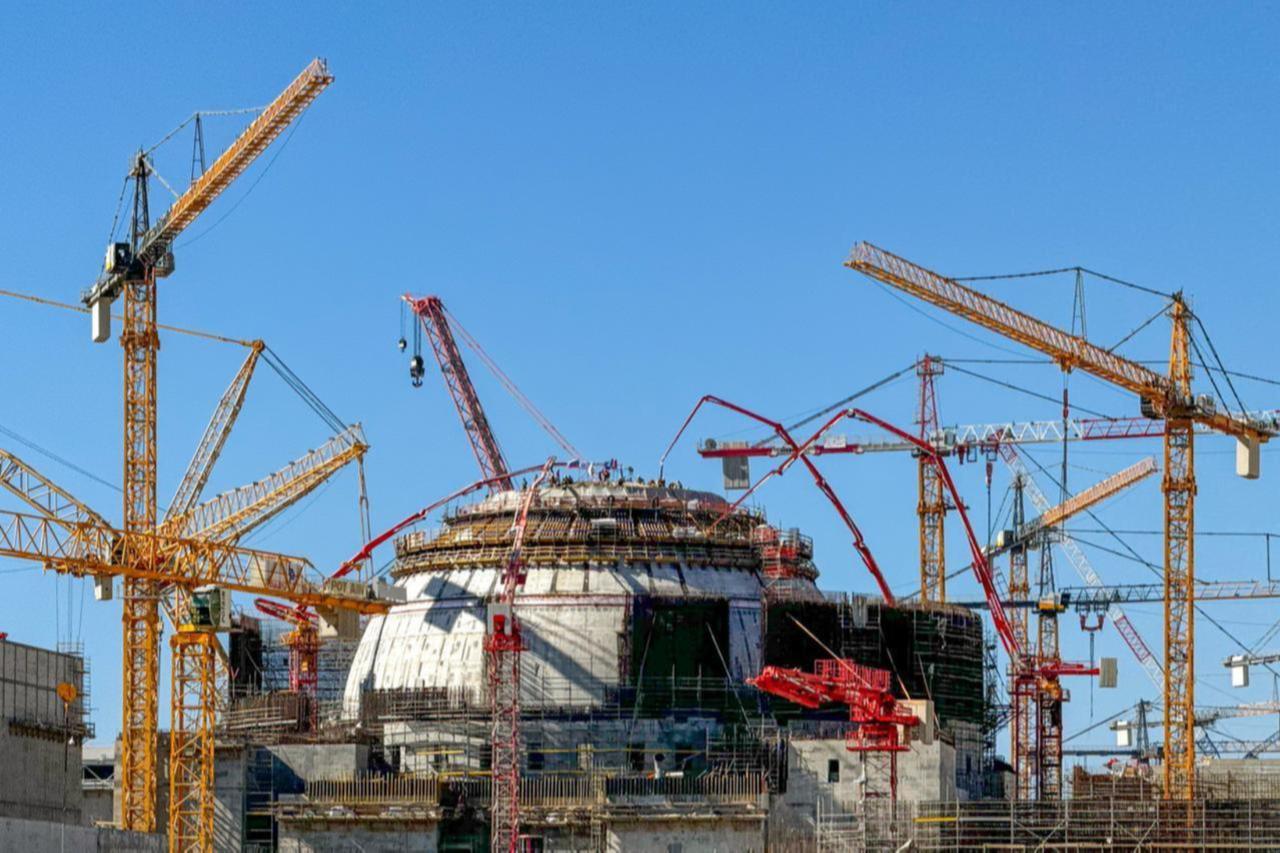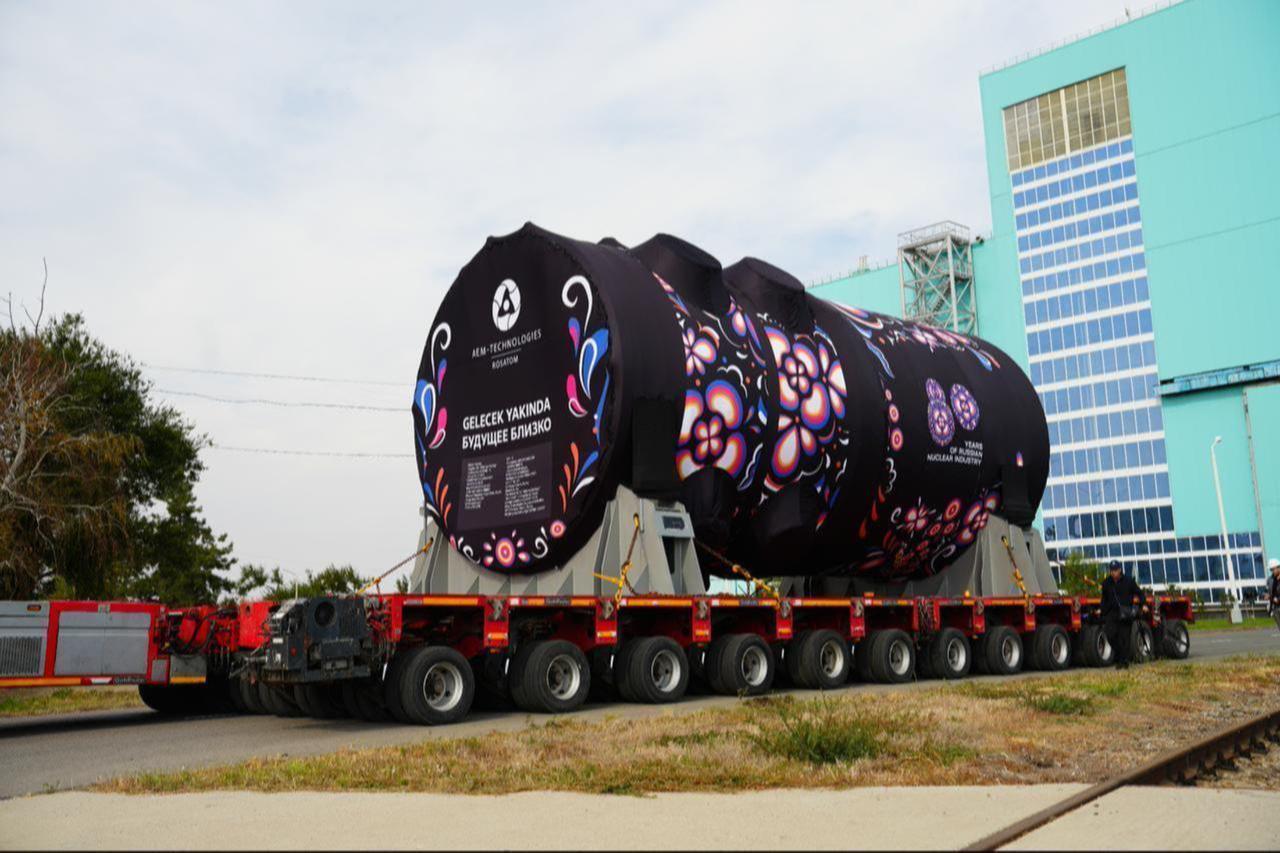
The U.S. government this week announced Genesis, a new initiative to integrate artificial intelligence into the country’s energy system. For Türkiye, the challenge looks different but no less urgent.
Energy imports remain one of the largest contributors to the country’s chronic current account deficit, leaving the economy exposed to global price swings and supply risks.
In March 2024, the seventh meeting of the U.S.–Türkiye Strategic Mechanism brought a notable shift in bilateral energy dialogue. In their joint statement, then–U.S. Secretary of State Antony Blinken and Turkish Foreign Minister Hakan Fidan underlined that “the growing importance of civil nuclear energy, both conventional and Small Modular Reactors (SMR),” is now a shared priority for both countries.
But this is not the only case; Türkiye has already taken concrete steps with international partners. A high-level meeting in September 2023 between Rolls-Royce and Minister of Energy and Natural Resources Alparslan Bayraktar confirmed that SMRs would be formally integrated into Türkiye’s energy strategy. Currently, Rolls-Royce SMR holds a Memorandum of Understanding (MoU) with Ankara to assess the technical, economic and legal feasibility of SMR deployment.
Türkiye, along with Rolls-Royce and its consortium partners, is also contributing to the development of the UK SMR, a 400–450 MWe small pressurized-water reactor designed for a 60-year operational lifespan.
Türkiye also applied for membership in the Generation IV International Forum (GIF) in 2019, aligning itself with countries pursuing next-generation reactor technologies. The country also possesses significant thorium reserves, notably.
Türkiye’s economy keeps growing, and so does its appetite for energy. Factories, expanding cities, and new industrial zones are putting steady pressure on the power grid.
Small Modular Reactors (SMRs) are becoming part of this conversation. These compact nuclear units, built in the 10–300 MWe range, are manufactured in factories and then shipped to their installation sites. They require less construction time and offer a more flexible structure than traditional large reactors.
Two SMR models are already operating—Russia’s floating KLT-40S and China’s HTR-PM—giving policymakers real examples to study. One of the most important advantages is versatility. SMRs can provide not only electricity but also heat for cities, desalinated water, and even hydrogen. Their improved safety designs make it possible to build them closer to populated or industrial areas.
For Türkiye, which has remote regions, islanded grids, and mining sites far from major power lines, SMRs could offer steady power where traditional infrastructure is hard to build. Old coal plant sites could also be reused for SMRs, lowering environmental impact and cutting development time, but most importantly, they could help the defense capacity of the country.
Alongside SMRs, even smaller nuclear units, called microreactors, are drawing attention. These reactors, typically producing up to 10 MWe, are built for places that cannot rely on the main grid. Military bases, border posts, and isolated towns are among the locations where microreactors could replace diesel generators or costly fuel deliveries.
Nuclear propulsion remains another strategic dimension. Many of today’s major navies operate nuclear-powered submarines and surface vessels because the technology offers long-range endurance and reliable speed.
Türkiye’s interest in a future Nuclear Submarine Program fits this global trend and explains why modular nuclear systems are being discussed not only in the energy sector but also in defense planning.
In short, Türkiye sees nuclear technology not just as an energy tool but as part of a broader strategic agenda.

SMRs are not cheap. Current estimates place the average cost of their electricity between $123 and $152 per megawatt-hour.
These figures can shift sharply depending on financing, supply chain conditions, or local regulations. In fact, small changes in assumptions can make costs move dramatically, from 41% lower to 63% higher.
Financing is therefore crucial. SMRs require large investments at the beginning, which means the choice of funding model shapes the entire project. Some countries use the Regulated Asset Base (RAB) system, which guarantees stable returns for investors. Others rely on long-term Power Purchase Agreements (PPAs) to lock in predictable electricity sales.
Waste management and decommissioning costs also vary by design. Some expenses do not scale down with smaller reactors, meaning SMRs can be proportionally more expensive in certain areas. This is why regulators and state institutions are acting realistically about long-term planning before approving any project.
Türkiye’s 2053 strategy envisions expanding national nuclear capacity to around 20 GWe. Modular reactors could serve as both complements to large nuclear stations and standalone solutions in specific regions. A scenario that includes up to 5 GWe of SMR capacity is considered plausible within this broader vision.
A structured roadmap for Türkiye would involve several steps. The first is to define national needs in areas such as industrial demand, regional grid requirements, and future hydrogen production.
Next comes the establishment of a diverse SMR design pool, followed by a transparent technical evaluation to narrow down suitable options.
Engaging stakeholders through formal consultation mechanisms can help align expectations among ministries, regulators, private investors, and local communities.
Site selection processes, project development models, and the necessary legal frameworks must follow in sequence to ensure policy continuity.
At the institutional level, Türkiye Nuclear Energy Company (TUNAS), the state-owned enterprise established to own and operate new nuclear power plants, is set to play a central role.
Its mandate includes the potential development and operation of SMRs across the country, positioning it as a key actor in Türkiye’s long-term energy transition.
Yet nuclear energy involves many institutions, from ministries to regulators to local authorities. Türkiye’s experience shows that coordination gaps can slow down or complicate major projects. One proposal is to create a Nuclear Energy Authority directly under the Presidency to guide technology choices, localization efforts, and workforce planning.
Such an institution would help avoid overlapping responsibilities and provide continuity beyond political cycles. It would also centralize licensing decisions, emergency planning, and waste management, all areas that require stable, long-term oversight.
SMRs are not a perfect solution, but they offer Türkiye a realistic path to strengthen energy security, reduce emissions, and support industrial growth. Yet their success depends on credible cost planning, stable financing, a clear licensing roadmap, and governance that prioritizes public interest.
If Türkiye manages this transition carefully, it could position itself as a regional hub for reactor components, engineering services, and nuclear research for its future.